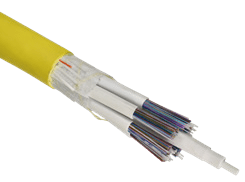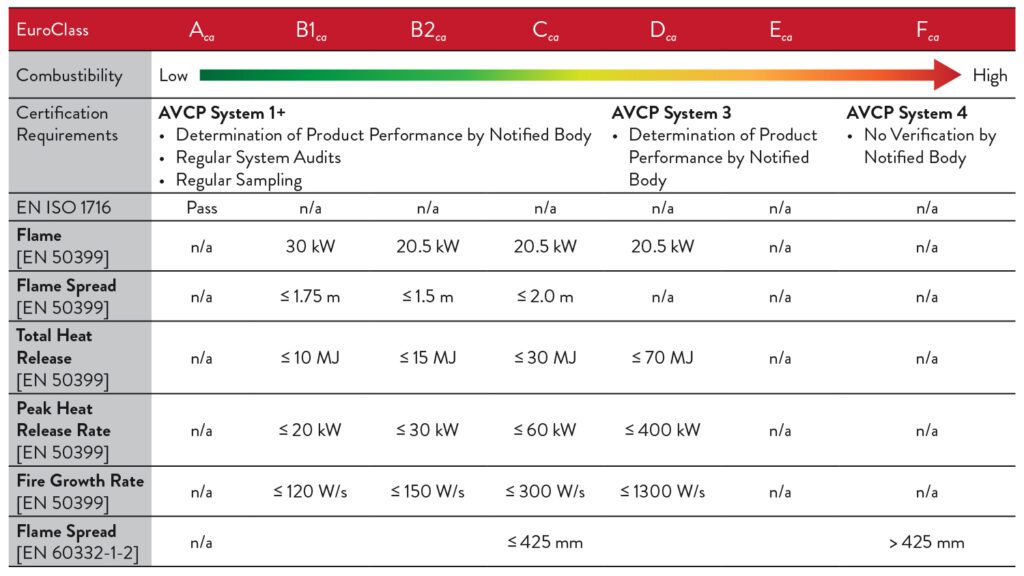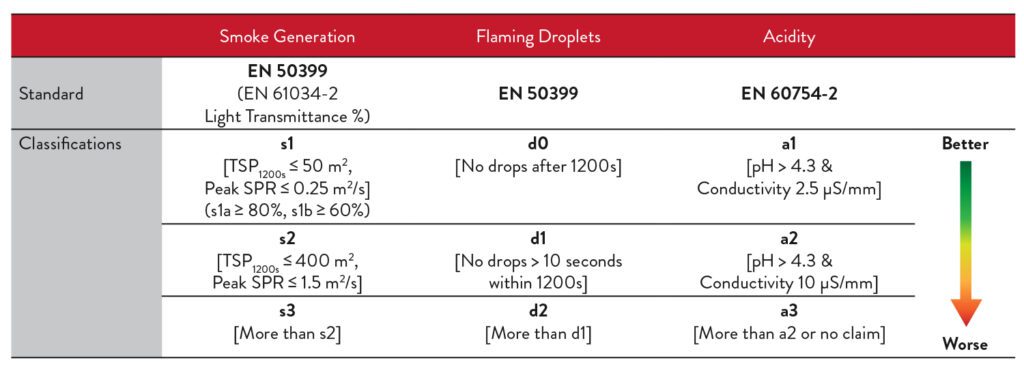European Construction Products Regulation (CPR)
European Construction Products Regulation (CPR)

In July 2016, European regulation EU/305/2011 was extended to include “power, control and communications cables”. This is known as the Construction Products Regulation (CPR) and replaced the previous known Construction Products Directive (CPD). It states requirements for the required cables in the form of a “EuroClass” that directly relates to its “reaction to fire” performance. As of July 1st 2017, it became obligatory for all cables “placed on the market”, having an intended use for permanent installation in buildings and construction works or parts thereof, to conform to these new CPR requirements. Construction products are defined as any product designed to be permanently incorporated into the construction works. This covers not only building, but civil engineering works (e.g. train platform). Cable Management Systems (CMS) are not covered by CPR.
Why CPR?
Europe had standardized test procedures (e.g. IEC), but many terms were used to specify a cables performance with respect to its fire performance e.g. LSOH, Low smoke and fume, Indoor, Plenum etc. The introduction of a “EuroClass” was intended to simplify this terminology and result in a common technical language for specifying a cables “reaction to fire” performance. Regulators in each member state can set their own criteria, while users and manufactures can ensure product compliance.
Euro Classes
The EuroClass definition consists of 2 primary parts:
- Fire requirements defined in terms of flame spread, heat released and fire growth rate
- Additional classifications for smoke generation, flaming droplets and acidity
The regulation assigns seven (7) “EuroClass/reaction to fire” levels, ranging from ‘Aca’ to ‘Fca’. The ‘ca’ tag on the letter indicates cable. Classes are listed from the most stringent ‘A’, non-combustible, to ‘F’. For telecommunication cables, the best performance you’re likely to see is B2ca. Typically, EuroClasses are assigned based on the application space/structure type. Structures with a high density of people (public spaces) or limited evacuation routes (hospitals/high rise) may specify a higher rated classification e.g. hospitals may be rated as B2ca or Cca; commercial properties may be Cca or Dca; while a single family dwelling may be Dca or Eca. This varies from country to country and even within country regions.


The EuroClasses B1ca, B2ca, Cca and Dca have three additional classifications:
- Smoke Generation – information about the amount of smoke produced and its opacity
- Flaming Droplets – information about the frequency of dripping of burning material
- Acidity – information on the acidity of emitted gases
This table details the EuroClass “reaction to fire” requirements.
How is the CPR EuroClass specified?
The below shows an example of a complete specification.

Documentation
Manufacturers must provide a certificate called a Declaration of Performance (DoP). This must be available in the local language of the end customer. For classes Aca through to Eca, the DoP is based on a Certification of Conformance (CoC) certified either by EU27 NB (Notified Body) for CE marking or UKAB (Approved Body) for UKCA marking. Class Fca can be certified by a manufacturer’s type test.
While a printed copy of the DoP can be provided with the product, DoP’s are available online at: www.ofs-sales.com/cpr/
DoP lookup codes for a product can be found on the datasheet or on the documentation with the product.
CPR requires that the DoP includes both the fire performance and CE/UKCA mark on product label.
Brexit Notes:
- For cables already placed on the market before 31st December 2020, UKNB CE marked products are okay to use from January 2021, as they were manufactured before the change to the requirements.
- UKNB CE marked products cannot be sold into EU27 from 1 January 2021
- Current EU27 NB CE marked products can be sold into GB & NI until 30 June 2025.
- From July 2025, GB products must be UKCA marked.
- Products can be dual marked with CE Mark and UKCA Mark from January 2021.
